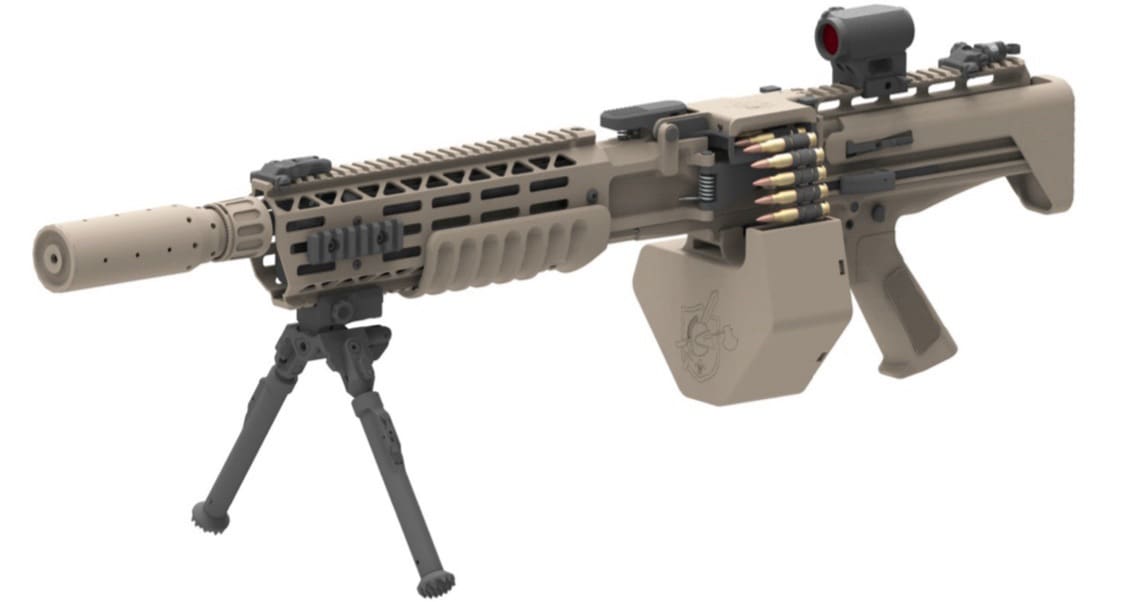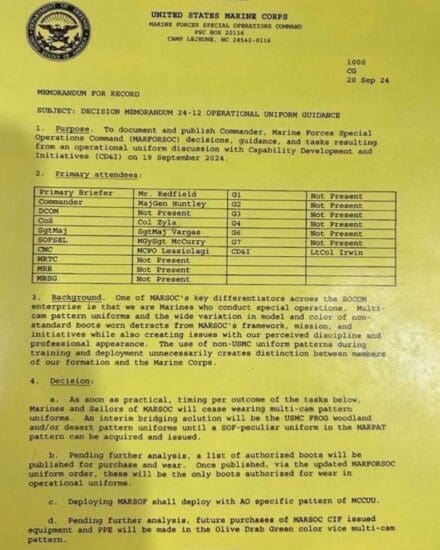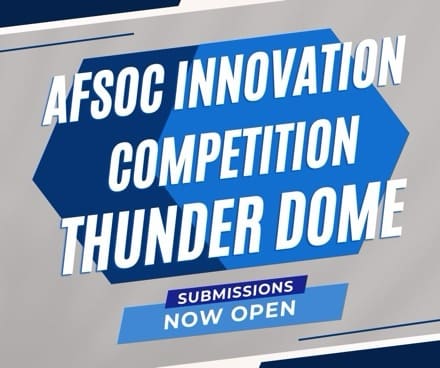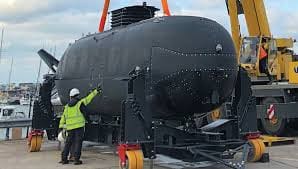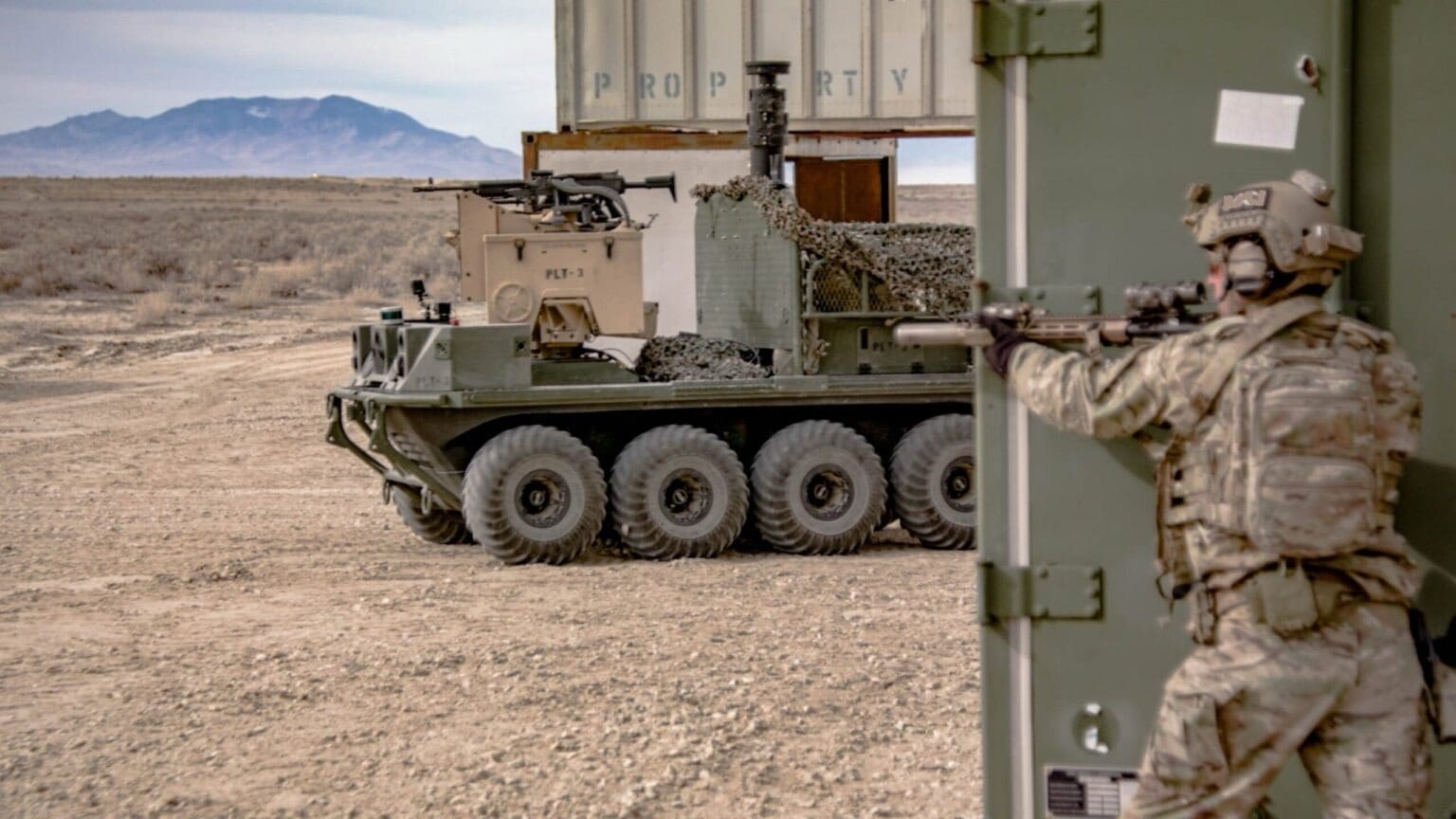
USASOC has been experimenting with robotics for several years, as seen in this image of 1st SFG(A) Green Berets during Project Origin at Dugway Proving Ground, Utah. Despite Army Special Operations leaders discussing the idea of creating a specific robotics careerfield within SOF for years, details are still scarce on this new plan, which could see its first training class as early as 2025.
Most recently USASOC Command Sergeant Major JoAnn Naumann told students at a SOCOM Ignite event at MIT, that the command is creating a new Military Occupational Specialty.
“Special operations is leading the Army by creating a new MOS this year for technology, innovation and integration – a new MOS that does not exist in the Army,” said Naumann. “We’re creating it because we realized that we need it. We will have people whose job is to think about these kinds of problems, build prototypes and then help us once we get the technology integrated into the battlefield and make it work in real-world scenarios.”
The details we’ve uncovered are that the paperwork to create the new MOS is currently at the Department of the Army staff and is expected to be approved by the end of the calendar year. Selection from the force could begin soon after, with the initial training course early in 2025.
The MOS designation is 390A meaning it’s going to be a warrant officer MOS. It’s a novel approach to the challenge and we are told it is for two reasons.
First, there are many within the Army’s SOF formation who have chosen unconventional paths including working with unmanned systems, robotics, and other technologies. They are valuable to the force in these niche roles and there are concerns about losing their expertise as they get passed over for not checking the blocks.
The second reason is that a few years ago Congress gave DoD additional authorities to direct commission those with technical experience of interest to the service. This will allow USASOC to not only recruit talent within house, but also look to industry and academia for the right people.
While no MOS name has been mentioned, it may likely be “Robotics and Unmanned Systems Technician”. This guess is based upon the six week Robotics and Unmanned Systems Integrator Course currently taught as an advanced skill to select SOF at USAJFKSWCS. However, SOF leaders have widely acknowledged that other, emerging technologies are required by their forces.
CMF 39 is of note, simply because it was once used as a Functional Area designation for Civil Affairs officers before it became a branch and adopted MOS 38A. It seems to have become a spare, somewhat under the purview of ARSOF. Joining CMFs 18 (Special Forces), 37 (Psychological Operations), and 38 (Civil Affairs), its reactivation bodes well for the creation of dedicated Cyber, Space, Fires, and other enlisted specialties for technical SOF enablers. Robotics systems are platforms and using their payloads generally requires additional technical expertise.
While the Navy beat them to it by creating a rate for unmanned systems last year, so far RM Sailors haven’t been integrated into the SOF formation. The creation of this MOS is something entirely new, not only for SOF, but all across the Army. They are seeking technicians who will integrate new capabilities. Although these aren’t SOF operator positions, many of the initial cadre will come from SF, Rangers, and the 160th Special Operations Aviation Regiment. This will assuredly open doors as they integrate into SOF operations. While we’re unsure how USASOC plans to employ them and where they’ll fit into the organization, or will have their own unit, it’s a move that is a good investment in transformation and the future.
While this new MOS is currently destined to support ARSOF, within the Army there have discussions of creating a Robotics branch. A few years ago during the Maneuver Conference a plan was briefed to create MOS 19R, a non-accessions MOS which would accept volunteers at skill levels two and up from CMFs 11 (Infantry) and 19 (Armor). The plan had skill level 5 (E8 & E9) robotics Soldiers serving as 19Zs or Armor Senior Sergeants.
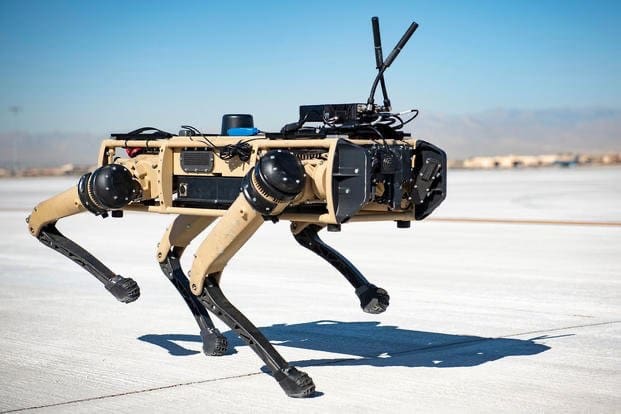
The difference between SOF’s robotics requirement and the other maneuver branches of the Army is about size. Like their current force structure, armor and infantry units have armored vehicles and in the future will integrate remotely operated and autonomous armored vehicles. SOF will mainly use smaller, very specialized systems like the Ghost Robotics Quadraped Unmanned Ground Vehicle seen above. Some of the tools will be the same across the force, but as taught in the RUSIC training mentioned earlier, SOF students learn to use innovation and additive manufacturing to locally produce specialized payloads for unmanned systems.
With USASOC working toward adoption of a formal requirement for a family of ground robotics and having already heavily adopted Small unmanned Aerial Systems across the formation, this move is the right one. Hopefully, they will create enlisted MOSs for other technical enabler positions.
We expect the Army will follow SOF’s lead and adopt the right systems for the larger force. Hopefully, they’ll implement dedicated personnel from inception as well.
– Story by Eric Graves, Editor
Top photo by Jerome Aliotta, US Army
Quadraped photo by Zachary Rufus, DoD


